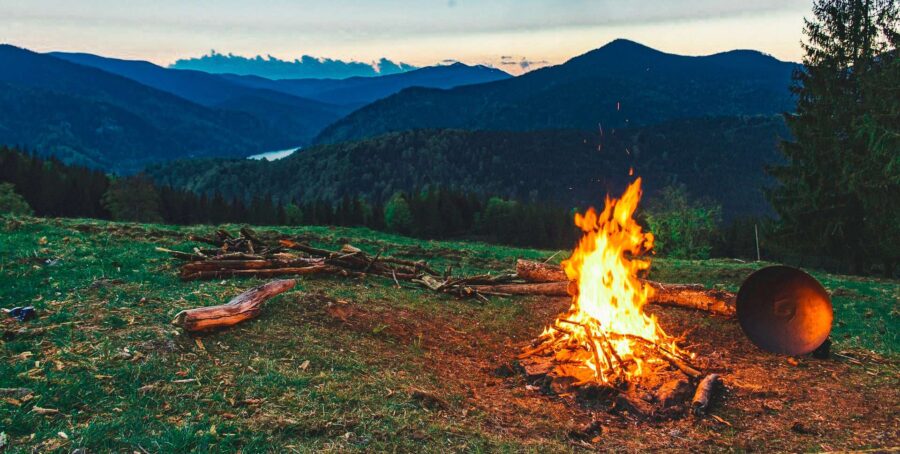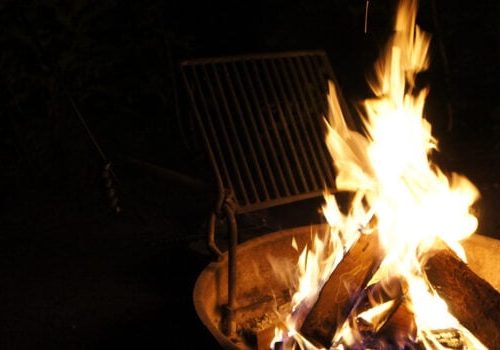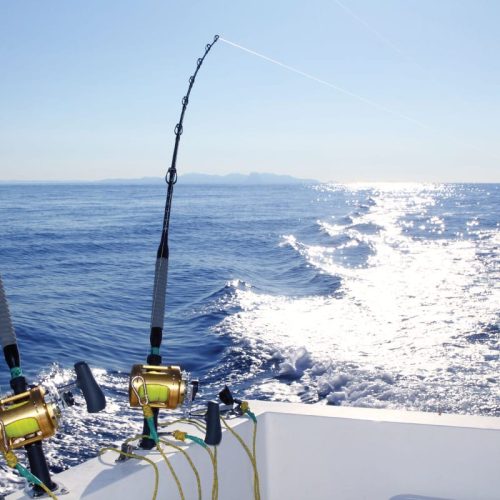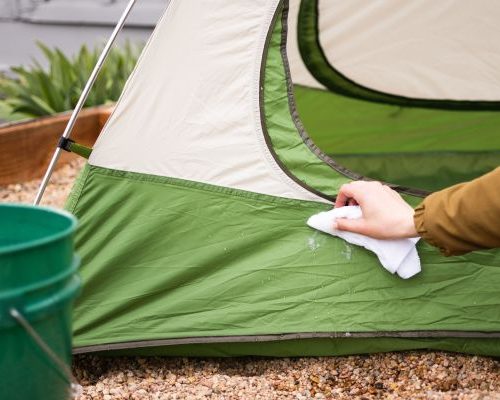Ah, the campfire – a timeless symbol of warmth, camaraderie, and adventure. Whether you’re out in the wilderness with friends or simply in your backyard, there’s something undeniably magical about gathering around a crackling fire. The dance of the flames, the cozy heat, and the hypnotic crackle – it’s a simple pleasure that can transform any outdoor experience into a memorable one.
In this guide, we’re going to take you through the art and science of setting up a campfire. We’ll cover everything from choosing the right location to arranging the perfect firewood stack. So, grab your marshmallows and gather ’round as we embark on this fiery journey!
Picking the Perfect Spot
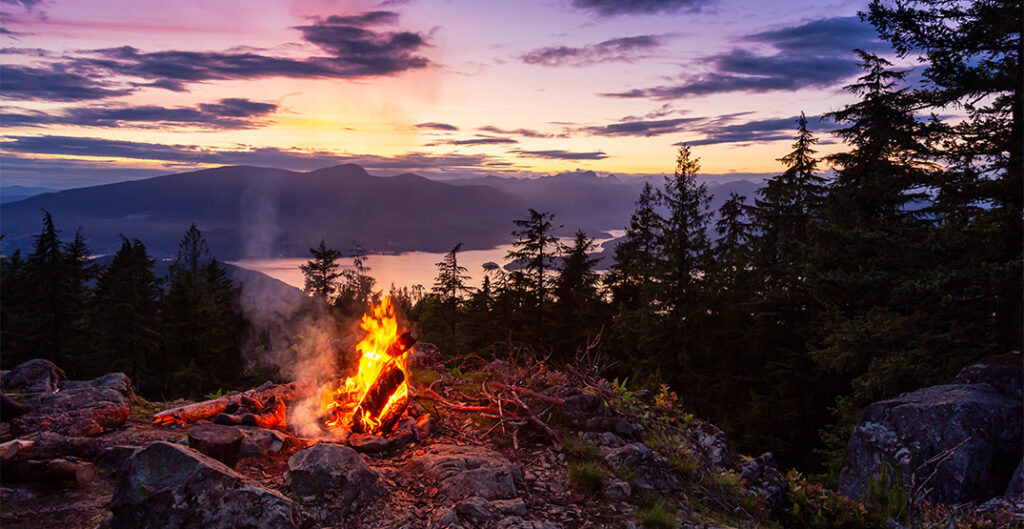
Before you even think about striking a match, it’s crucial to select the ideal location for your campfire. Safety should always be your top priority. Here’s how to choose the perfect spot:
Check Local Regulations
First and foremost, research and adhere to any local laws and regulations regarding campfires. Some areas may have restrictions or even bans on open flames due to fire risk. Respect these rules to ensure both your safety and the environment’s.
Keep a Safe Distance
Maintain a minimum distance of at least 15 feet from tents, trees, shrubs, and other flammable materials. The farther away, the better. This helps prevent sparks from igniting unintended fires.
Choose a Flat, Non-Windy Area
Look for a flat and level ground to set up your campfire. This will help in keeping the fire contained and stable. Avoid windy areas, as gusts can quickly spread embers and flames.
Gathering Your Materials
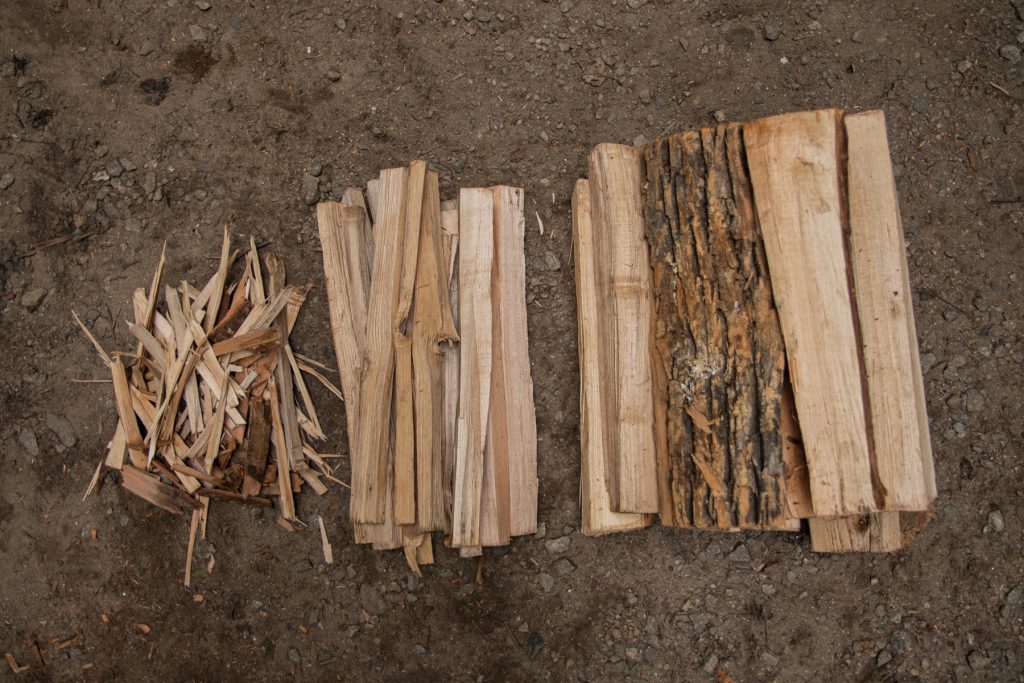
Now that you’ve selected the perfect spot for your campfire, it’s time to gather the necessary materials:
Firewood
Choosing the right firewood is critical for a successful campfire. You’ll need three types:
- Tinder: Easily ignitable materials like dry leaves, grass, and paper.
- Kindling: Small twigs, branches, or split wood pieces, around the diameter of your pinky finger.
- Firewood: Larger logs or branches that will keep your fire burning steadily.
Make sure all your wood is dry – damp wood can be difficult to ignite and will produce more smoke. Gather more firewood than you think you’ll need; you can always save it for later.
Fire Starter
You’ll need something to spark your fire. Common options include matches, a lighter, or a fire starter kit. Ensure you have a backup method just in case.
Fire Ring or Pit
If you’re camping in a designated area, there might be a fire ring or pit provided. If not, create one by digging a shallow hole and surrounding it with rocks to contain the fire.
Building Your Campfire
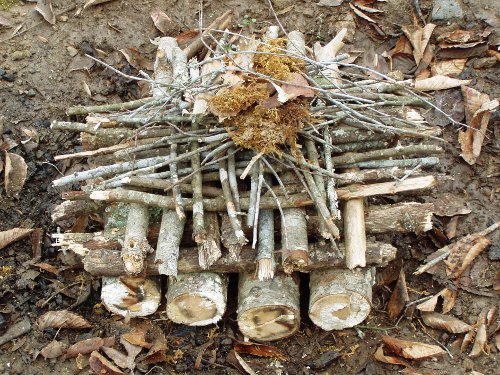
Now, let’s get down to the nitty-gritty of building your campfire. Follow these steps to ensure your fire lights up smoothly and safely:
Lay the Tinder
Start by placing your tinder material in the center of your fire ring or pit. Crumple up some paper or dried leaves to create a small mound. This will serve as the base for your fire.
Arrange the Kindling
Place the kindling over the tinder in a teepee or pyramid shape. Leave enough space between the pieces for air to circulate – this is essential for proper combustion.
Stack the Firewood
Now, it’s time to add the larger logs or branches. Lay them around the kindling structure, continuing the teepee shape. As the fire burns, you can gradually add more firewood to keep it going.
Light the Fire
Using your chosen fire starter, ignite the tinder at the center of your setup. Be patient and avoid smothering the flames – let the fire gradually spread to the kindling.
Keep a Safe Distance
Once the fire is burning steadily, maintain a safe distance. Avoid poking or prodding the fire excessively, as this can disrupt the airflow and cause it to smolder.
Maintaining Your Campfire
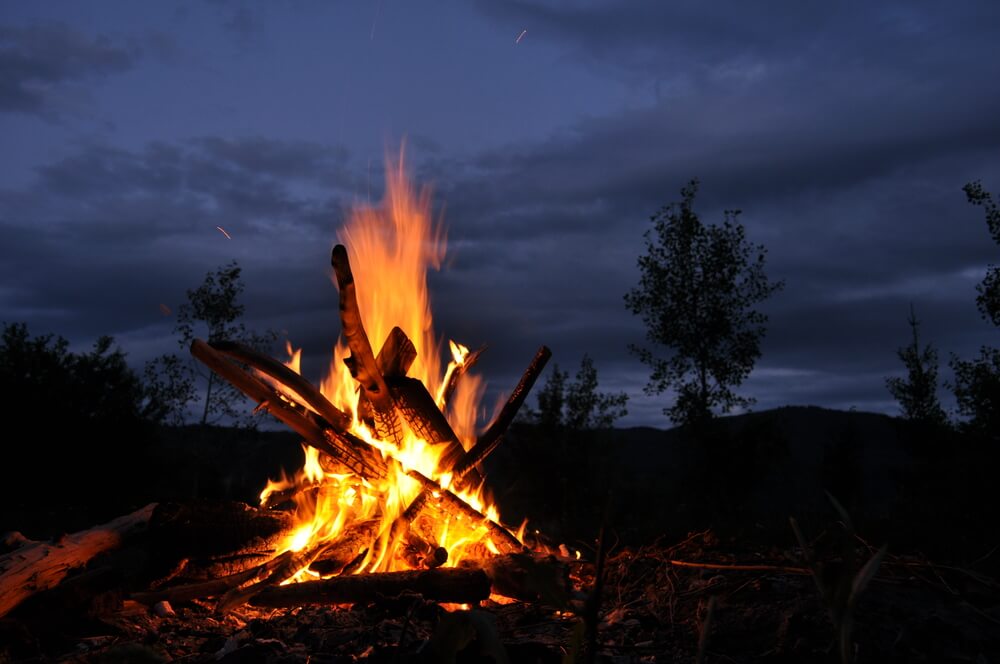
Congratulations, you’ve successfully built a campfire! Now, let’s talk about how to keep it going and ensure it’s a safe and enjoyable experience:
Feeding the Fire
To keep your campfire roaring, periodically add more firewood as needed. Start with smaller pieces and gradually work your way up to larger logs. This will maintain a consistent heat level.
Stay Vigilant
Never leave your campfire unattended. Even a well-established fire can suddenly flare up or die down unexpectedly. Someone should always be present to monitor and tend to the fire.
Be Mindful of Sparks
Sparks can fly, especially when adding new firewood. To minimize this, gently place the wood on the fire instead of tossing it. Have a bucket of water or a hose nearby to extinguish any stray sparks or embers.
Extinguishing Your Campfire
As your camping adventure comes to an end, it’s essential to properly extinguish your campfire to ensure it poses no threat. Here’s how:
Allow It to Burn Down
Stop adding firewood and let the fire burn down naturally. Avoid leaving large, burning logs behind.
Pour Water
Using a bucket of water or a container, carefully pour water over the fire and the surrounding area. Stir the ashes and embers with a stick to ensure all the hot spots are extinguished.
Repeat if Necessary
Continue adding water and stirring until you’re certain that the fire is completely out. The ashes should be cold to the touch.
Disassemble the Fire Ring
If you created a makeshift fire ring with rocks, carefully disassemble it and scatter the rocks to their original positions to leave no trace of your fire.
Building and enjoying a campfire is one of the most cherished traditions in outdoor recreation. It brings warmth, light, and a sense of connection with nature and fellow adventurers. Remember, safety should always be your top priority when setting up a campfire. By following the guidelines in this friendly guide, you’ll be well-prepared to create a campfire experience that’s not only enjoyable but also safe and environmentally responsible. So, go ahead, gather around the fire, and let the stories and marshmallow toasting begin!
Why Setting up Campfire is Important During Camping?
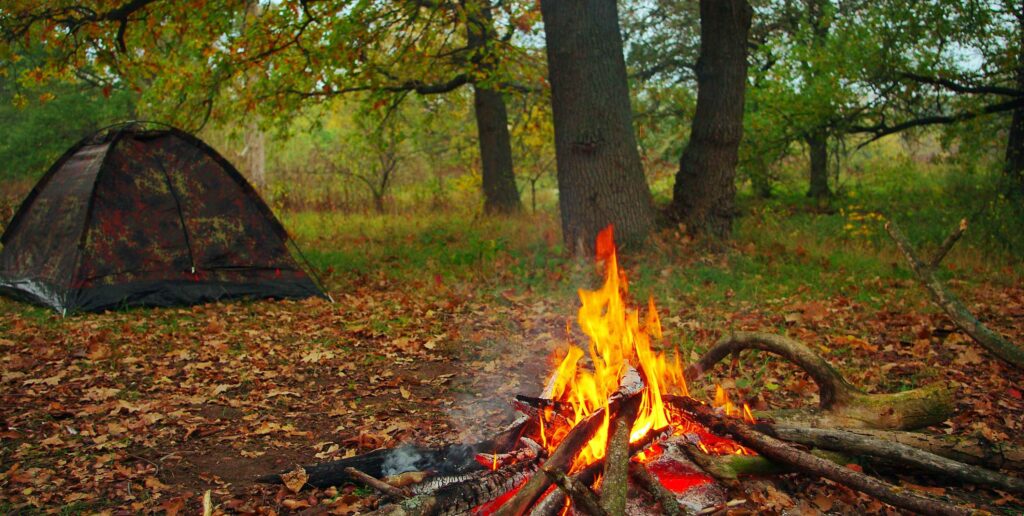
Setting up a campfire during camping is an essential and cherished part of the outdoor experience. It serves various practical and psychological purposes, making it an integral aspect of any camping trip. Here, we’ll delve into the reasons why setting up a campfire is important during camping, emphasizing both the functional and emotional aspects.
Cooking and Food Preparation:
One of the primary practical purposes of a campfire is cooking. It allows campers to prepare hot meals, boil water for drinking, and roast marshmallows for a delightful treat. The warmth and heat of the campfire make it possible to cook in outdoor settings, adding to the overall camping experience.
Warmth and Comfort:
Campfires provide warmth, which is especially valuable during cooler evenings or in colder seasons. Gathering around the fire creates a cozy atmosphere, helping campers stay comfortable and relaxed. This warmth is not just physical but also provides a psychological sense of security and well-being.
Lighting:
Campfires offer a natural source of light when darkness falls, making it easier to see and move around the campsite. This is particularly important for tasks like setting up tents, reading maps, or simply enjoying an evening’s activities without the need for flashlights or headlamps.
Mood Enhancement:
The mesmerizing dance of flames and the crackling sound of burning wood can have a soothing and mood-enhancing effect. Campfires create a serene ambiance, fostering a sense of tranquility and mindfulness. They provide a backdrop for storytelling, singing songs, or simply unwinding with friends and family.
Social Connection:
Campfires bring people together. They serve as a focal point for campers to gather, share stories, and strengthen social bonds. Many memorable moments are born around the campfire, making it a vital tool for building and strengthening relationships within the camping group.
Insect Repellent:
The smoke generated by a campfire can act as a natural insect repellent. It discourages pesky insects like mosquitoes from buzzing around and bothering campers. This not only enhances comfort but also reduces the risk of insect-borne illnesses.
Safety and Security:
A well-maintained campfire can also serve as a safety feature by providing a readily available source of heat and light in case of emergencies. It can be a valuable asset if campers find themselves in unexpected situations, such as getting lost or needing to signal for help.
Leave No Trace Ethics:
While setting up a campfire is important, it also comes with the responsibility of adhering to “Leave No Trace” principles. This means minimizing the impact on the environment by using established fire rings, using only small sticks and twigs for fuel, and ensuring that fires are completely extinguished and cleaned up after use.
Connection to Nature:
Lastly, a campfire fosters a deeper connection to the natural world. It allows campers to interact with the elements, experience the primal element of fire, and gain a greater appreciation for the environment. The act of gathering wood, lighting the fire, and maintaining it can be a valuable learning experience.
How To Build Campfire Without A Lighter Or Matches
Building a campfire without a lighter or matches is an essential survival skill that can be invaluable in emergency situations. There are several primitive methods for starting a fire, but they require practice, patience, and the right materials. Here’s a step-by-step guide on how to build a campfire without a lighter or matches to survive:
Materials Needed:
- Tinder: Dry, easily ignitable materials like dry leaves, grass, or fine wood shavings.
- Kindling: Small, dry twigs, branches, or wood pieces.
- Firewood: Larger logs or branches for sustaining the fire.
- Fire Starter: An alternative ignition source such as a fire starter kit, flint and steel, or a magnifying glass.
- Char Cloth or Fire Piston (Optional): These are advanced fire-starting tools that can make the process easier.
Method:
Prepare Your Fire Pit:
Choose a safe location for your fire, adhering to safety guidelines to avoid wildfires and other hazards. Create a fire pit by digging a shallow hole and surrounding it with rocks to contain the fire.
Gather Materials:
Collect ample tinder, kindling, and firewood. Ensure they are dry and readily available. Arrange your materials in the following order, from smallest to largest: tinder, kindling, and firewood.
Prepare the Tinder:
Crumple or shred your tinder material into fine, fluffy pieces to increase its surface area and flammability. Place a small pile of tinder in the center of your fire pit.
Using Alternative Ignition Sources:
- Flint and Steel: Strike the steel against the flint, aiming the sparks onto the tinder until it catches fire. This method requires practice to master.
- Magnifying Glass: On a sunny day, focus sunlight onto the tinder using a magnifying glass until it starts to smolder and then ignite. This requires patience and a steady hand.
- Fire Starter Kit: Some fire starter kits come with a rod that produces sparks when scraped with a striker. Use this to ignite your tinder.
Build the Fire:
Once your tinder is smoldering or ignited, gently add the smallest pieces of kindling to feed the fire. Gradually increase the size of the kindling as the fire grows. Continue to add more kindling until you have a sustainable flame.
Add Firewood:
As the fire becomes established, you can start adding larger logs or branches to sustain it.
Maintain the Fire:
Keep a close eye on your fire and continue to feed it with appropriately sized firewood as needed.
Safety and Extinguishing:
Always practice fire safety and never leave your fire unattended.
When you’re done with the fire, extinguish it completely by pouring water over the embers, stirring the ashes, and ensuring there are no hot spots.
Optional Methods:
- Char Cloth: Char cloth is a material that ignites easily from sparks. You can make char cloth by heating a piece of cotton fabric in a tin until it turns black. Use this char cloth to catch sparks from your flint and steel, making fire starting more reliable.
- Fire Piston: A fire piston is an advanced tool that uses air compression to generate heat and ignite tinder. It can be an effective method for starting a fire without a lighter or matches if you have one available.
Remember that building a campfire without a lighter or matches can be challenging, especially if you’re not experienced with primitive fire-starting methods. Practice these techniques in controlled settings before relying on them in a survival situation, and always prioritize safety when handling fire.
In conclusion, setting up a campfire is not merely a practical necessity during camping; it’s an integral part of the camping experience. Campfires offer warmth, light, and sustenance, but they also provide a sense of connection, comfort, and community. However, it’s crucial to balance the benefits of campfires with responsible and environmentally conscious practices to ensure that this age-old tradition continues to enrich our outdoor adventures for generations to come. If you want to read more about camping then check out our other camping blogs. Read and enjoy!!!
